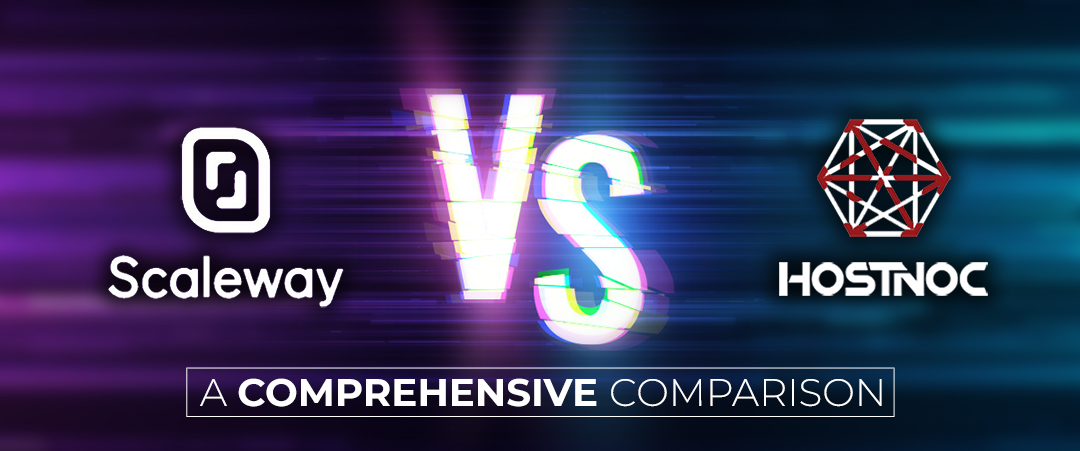Blogs

Scaleway vs Hostnoc: A Comprehensive Comparison
May 5, 2025
RapidSwitch vs Hostnoc: A Comparative Analysis
May 7, 2025At RSA Conference 2025, IBM announced a significant expansion of its managed detection and response (MDR) services with the introduction of new agentic AI to automate security operations. Central to this advancement is the launch of the Autonomous Threat Operations Machine (ATOM), an AI-driven system designed to automate threat triage, investigation, and remediation, thereby reducing human workload and accelerating response times.
How IBM Will Automate Security Operations?
ATOM employs a network of AI-based agents and a powerful orchestration engine that work in concert with an organization’s existing security analytics tools. These agents utilize generative AI to correlate threat activity, automate security operations, conduct automated threat hunts, and generate real-time risk assessments. This system streamlines threat detection and investigation, prioritizing high-risk alerts while filtering out false positives and low-risk events. ATOM is vendor-agnostic and capable of integrating telemetry data from various sources, including tools from major cloud providers like Google Cloud and Microsoft.
In addition, IBM introduced a specialized AI agent for ATOM: the X-Force Predictive Threat Intelligence (PTI) agent. This tool uses industry-specific AI foundation models to identify patterns and forecast future cyberattack techniques. Drawing from over 100 sources—including IBM’s own X-Force Threat Intelligence platform, open-source data, third-party security tools, and client-specific data—the PTI agent offers a predictive edge, enabling organizations to proactively secure their environments against emerging threats.
According to a report by research firm IDC, IBM’s managed detection and response services are among the most advanced in the market. IDC praised IBM’s proactive threat hunting, which goes beyond traditional security solutions by identifying unusual activities and enabling tailored responses. These services use artificial intelligence and machine learning algorithms that draw on IBM’s global network of security operations centers to reduce false positives and enable faster, more precise threat detection—even identifying rare and sophisticated events.
Beyond cybersecurity, IBM revealed plans to invest $150 billion in the United States over the next five years, including more than $30 billion allocated specifically to research and development for mainframe and quantum computing technologies.
A key highlight in IBM’s computing advancements is the upcoming release of its new mainframe system, the IBM z17, slated for launch in June. This system is powered by the Telum II processor—a 5.5 GHz chip with an integrated AI accelerator. The Telum II can perform over 450 billion AI inference operations per day with millisecond-level response times, offering 40% higher throughput and four times lower latency compared to its predecessor. Each chip supports eight CPU cores and up to 32 cores per system, with 36MB of L2 cache, enabling the z17 to manage heavy workloads in real time.
On the quantum computing front, IBM reaffirmed its leadership by showcasing the Heron quantum processor, a 156-qubit system that doubled the capacity of its predecessor and drastically improved performance—reducing a 112-hour task to just 2.2 hours. IBM has ambitious goals for the future of quantum computing, aiming to deliver a fully error-corrected quantum system by 2029. The company expects to surpass 2,000 logical qubits after 2033.
IBM’s Quantum Network, a global platform that gives access to IBM’s quantum systems, now serves nearly 300 major companies, academic institutions, startups, and government labs. With over 600,000 active users, the network exemplifies IBM’s commitment to democratizing access to quantum resources and driving innovation.
“These technologies are designed not only to improve security and efficiency across industries but also to support American competitiveness, job creation, and national security,” IBM stated.
With these strategic investments and groundbreaking innovations, IBM continues to position itself at the forefront of enterprise AI, cybersecurity, mainframe evolution and quantum computing.
Featured Post
AWS re:Invent 2025: 10 Biggest Announcements
The AWS re:Invent 2025 conference was held on December 1–5, 2025 in Las Vegas, delivered a flurry of high-profile announcements, highlighting a major push toward “agentic […]
Supercomputing 2025 Elevates the AI-HPC Convergence with Performance-Driven Infrastructure
Supercomputing 2025, held in St. Louis, underscored how the high-performance computing (HPC) market is increasingly being shaped by artificial intelligence (AI) demands. From ultra-dense GPU servers […]
Microsoft Ignite 2025: Major Breakthroughs in AI, Agents and Data
At Microsoft Ignite 2025, the company made a bold push into “agentic AI” — unveiling a series of updates across Copilot, Windows, Azure and data platforms […]












